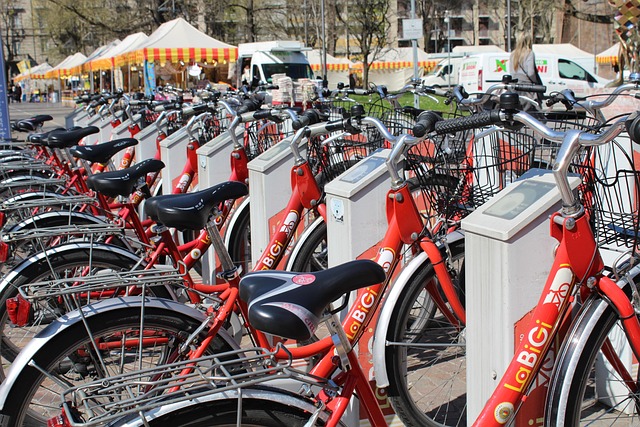In an age where our collective consciousness is increasingly attuned to the challenges of climate change and urban congestion, the quest for a sustainable transport system has never been more pertinent. Modeling of a sustainable transport system serves as a cornerstone for achieving the modern transportation vision we all aspire to. It is not just a technical exercise; it’s an emblem of progress, a pathway that connects communities while embracing the values of sustainability.
Sustainable transport systems seek to minimize environmental impact while maximizing efficiency and accessibility. This balancing act requires a holistic approach that encompasses various state-of-the-art modeling techniques to assess and predict transport patterns, vehicle emissions, and the socio-economic effects of different transport modes. The integration of these models can provide a clearer picture of the transportation landscape, allowing policymakers and urban planners to make informed decisions.
Imagine a city where electric buses glide silently through clean streets, where a network of cycling paths encourages residents to embrace healthier lifestyles, and where emissions are visibly reduced due to strategic investments in public transport. Modeling plays a critical role in this vision. By simulating different transport scenarios, city officials can understand the potential impacts of introducing new technologies or infrastructure, such as cycling lanes, pedestrian zones, and electric vehicle charging stations.
Moreover, the success of sustainable transportation is not just about the vehicles we use, but also about fostering a community that prioritizes environmental consciousness. Engaging the public in the planning process through participatory modeling can generate greater support for new initiatives. When residents feel included in decisions that affect their daily lives, they become more likely to adopt sustainable practices.
Furthermore, the integration of innovative data analytics into sustainable transport modeling can yield invaluable insights. The use of big data and machine learning can enhance our understanding of traffic flow, user behavior, and even the impact of urban design on transportation choices. For instance, analyzing how different demographic groups respond to changes in transportation access can guide equitable development and fortify our commitment to inclusivity.
As we continue to innovate and embrace new technologies, the modeling of a sustainable transport system must evolve. It’s not merely about advancing the science of transportation but also about nurturing an ethos that cherishes our environment and prioritizes human well-being. Through our shared commitment to integrated sustainability, we can drive progress towards a future where our transport systems reflect the values of the communities they serve.
With every simulation and analysis, we are forging a path forward, crafting solutions that are not only forward-thinking but also grounded in a deep understanding of our societal needs. Let us embrace this momentum and work together towards a sustainable transport future that resonates with the heart of our communities.




